The cheapest and most expensive countries to buy petrol revealed
The stark difference in petrol prices around the world
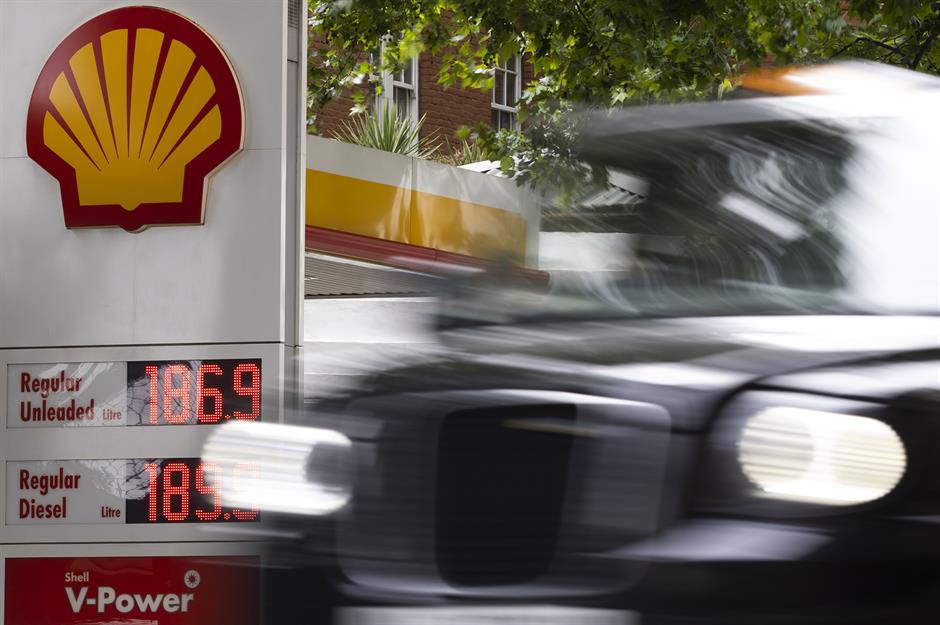
Petrol prices have been on a rollercoaster ride in recent years, with the COVID-19 pandemic, the war in Ukraine and the fluctuating price of crude all leading to uncomfortable cost spikes for consumers. Globally, the average cost of petrol per litre is $1.27 (95p), but prices vary wildly around the world, even on a weekly basis.
Read on to discover the average cost of a litre of petrol in 21 countries, ranging from the cheapest to the most expensive. Price data is from GlobalPetrolPrices.com and is correct as of 6 May 2025.
All dollar amounts in US dollars unless otherwise stated.
Venezuela: 0.04 cent (0.03p)

The price of petrol in Venezuela, which boasts the world's largest oil reserves, is set at a minuscule level per litre. This works out at a fraction of a US cent, making it one of the most affordable countries to fill up in by a long shot. Only Iran and Libya have (slightly) lower prices.
However, the country's massively subsidised fuel is reportedly in short supply, and middlemen often add on hefty surcharges. Meanwhile, more easily obtainable 'international' petrol is far more expensive. This means relatively few Venezuelans pay the rock-bottom price that the government fixes. In any case, petrol shortages, both in terms of subsidised and 'international' fuel, have plagued the country for some time.
UAE: 67 cents (50p)
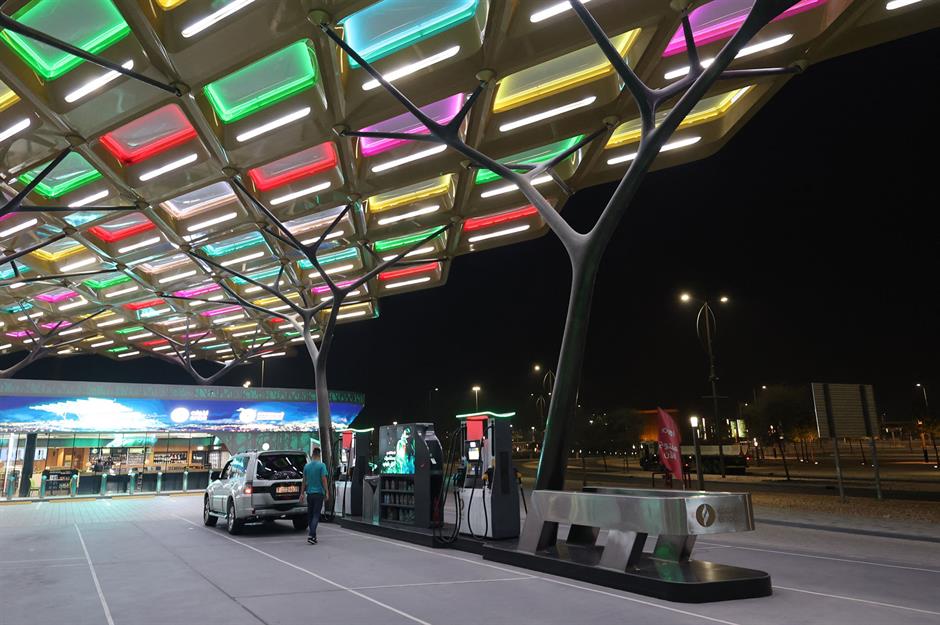
The UAE is a leading oil producer, and petrol costs relatively little in the Emirates. That said, before fuel prices were deregulated in 2015, it was even cheaper to fill up.
The move, which aims to reduce wastefulness and encourage the use of public transport, means the price at the pump is now linked to international oil prices. In 2023, it spiked in tandem with crude prices but has fallen by 23% in the past year.
Russia: 75 cents (56p)
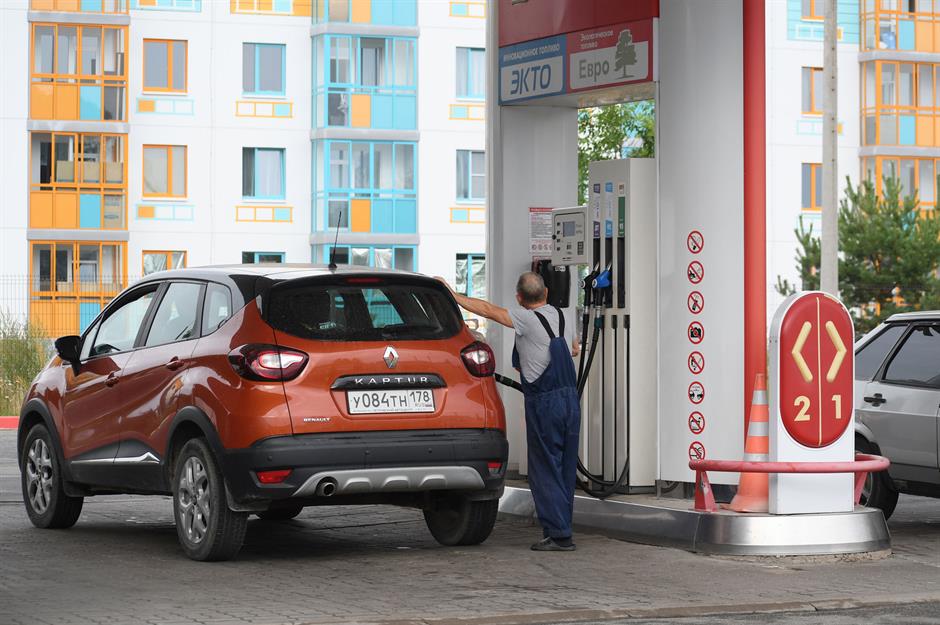
The Russian government caps the cost of retail petrol, which only ever increases in line with inflation. That said, the price is up 9.7% year-on-year.
The war in Ukraine is inevitably having an impact on prices at the pump. In December last year, Ukrainian drone attacks on Russian oil refineries pushed petrol prices to their highest level in 13 years, and they show no signs of dropping in the current climate.
USA: 92 cents (69p)

As a wealthy country with low petrol prices, the US is something of an outlier. The pro-car nation can keep costs down because it's the world's biggest oil producer and applies minimal taxation to its fuel.
However, in recent years, American motorists have felt the sting of inflation at the pump. But typical petrol prices in the country are slowly falling and are now down 11% from the same point last year. President Trump recently claimed that prices had fallen below $2 (£1.50) a gallon, although data from the motoring association AAA suggest the average price Americans pay is closer to $3.16 (£2.37), around 4 cents more than when Trump took office earlier this year.
Australia: $1.03 (77p)
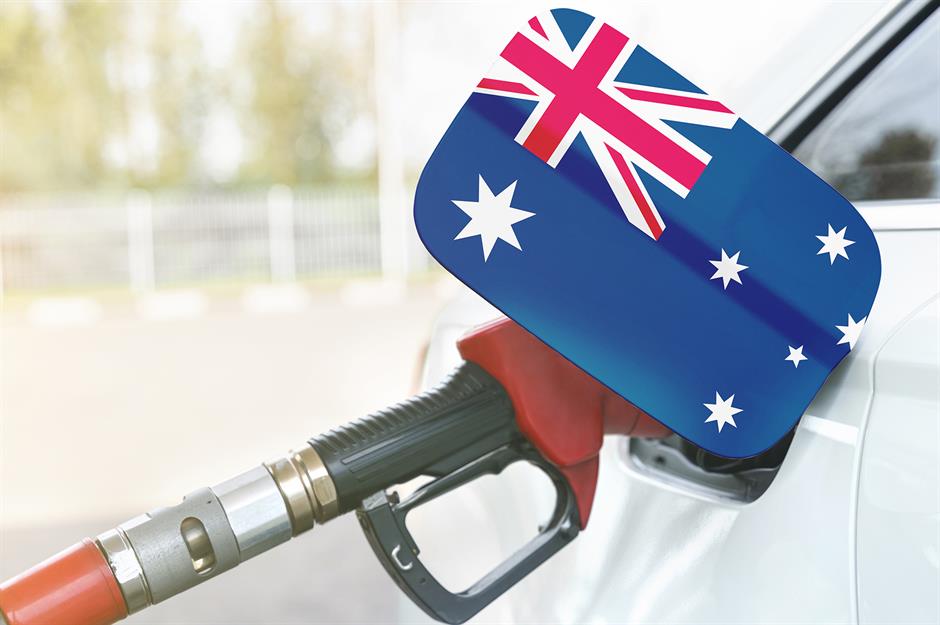
Petrol is cheaper in Australia than in many other well-off developed countries, primarily because taxes are comparatively light.
However, prices have been rising of late due to a number of factors, including the weak Aussie dollar. Data collated by the Australian Institute of Petroleum shows that the average price of unleaded petrol in the country reached an all-time high in 2022, and while it's since fallen back, costs at the pump remain elevated.
China: $1.05 (79p)
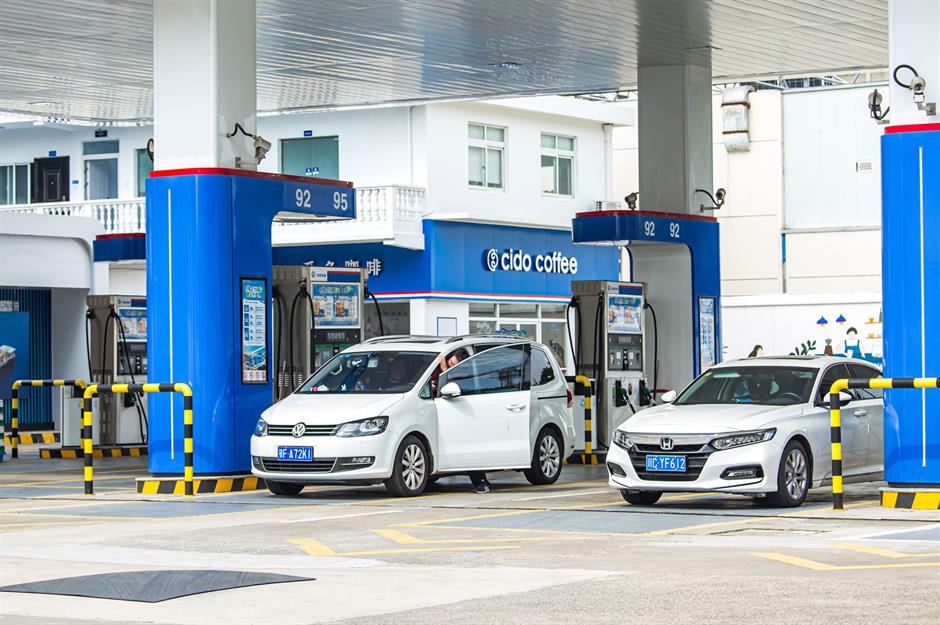
Fuel prices in China fluctuate based on global costs, although the government robustly regulates them. This makes for relatively cheap retail petrol prices, which generally remain stable.
Though petrol in mainland China is cheap, it's a totally different story in Hong Kong. Due to a number of factors, including punishing logistical costs and high taxes, fuel prices in the special administrative region are the most expensive in the world, coming in at the equivalent of $3.46 (£2.59) per litre.
South Africa: $1.14 (85p)
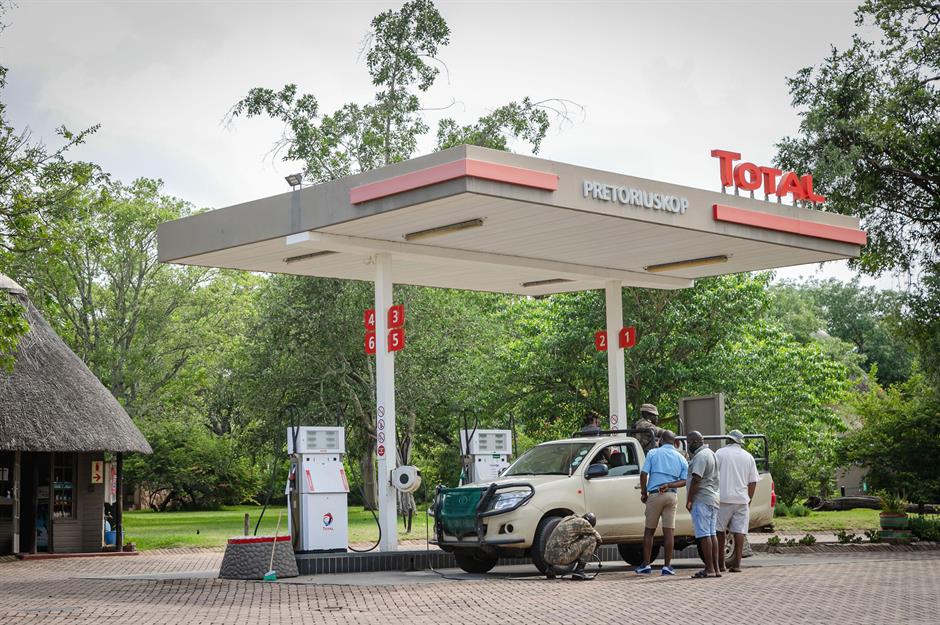
The retail cost of petrol in South Africa remains below the global average. However, the price has been snowballing in recent years, with the weak rand among the main drivers.
That said, costs are down 15% year-on-year, and the government has announced that fuel prices will be adjusted down further in May.
Canada: $1.16 (87p)
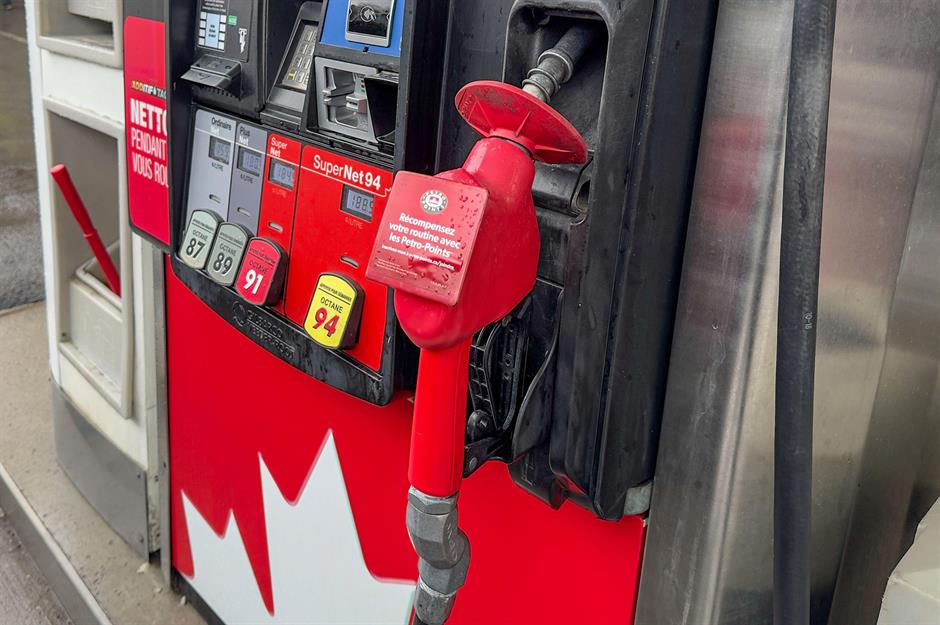
Although Canada is a major oil producer, its motorists pay more to run their vehicles than their counterparts south of the border. The difference comes down to taxation, with government levies much higher in Canada than in the US.
Still, the typical price of petrol in the country has fallen in recent years after reaching an all-time high in 2022, bringing relief to Canadian drivers who are now paying almost 17% less year-on-year.
India: $1.19 (89p)
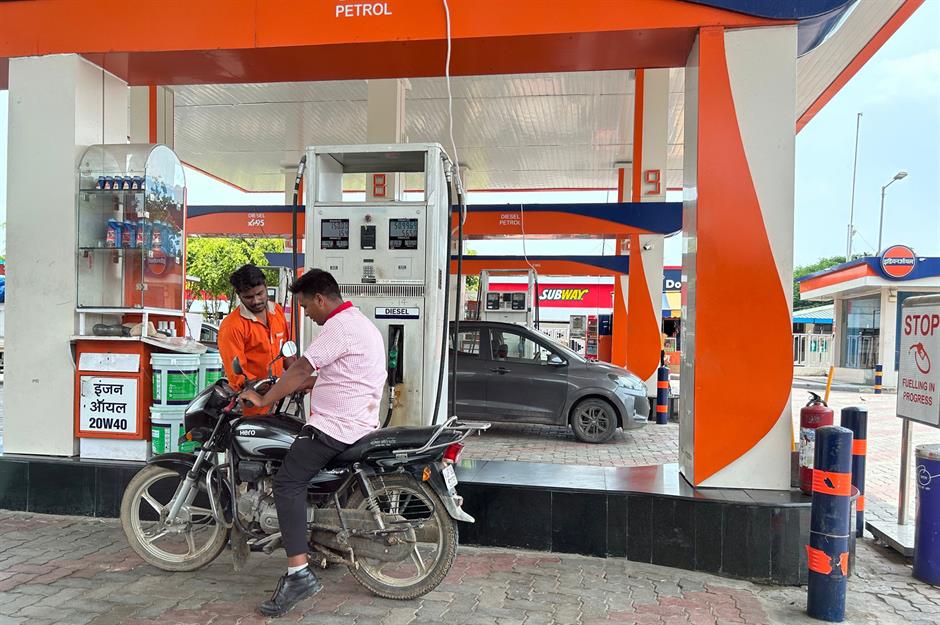
Petrol prices in India are deregulated, though the government can exert control through the taxes it levies and via state-owned oil companies.
The average price per litre is low from a global point of view. The typical nationwide price has remained roughly the same for several years, though prices fluctuate across the country.
The Indian government has managed to keep costs stable by importing cheap Russian oil in vast quantities, despite facing extensive criticism from the West.
Japan: $1.30 (97p)
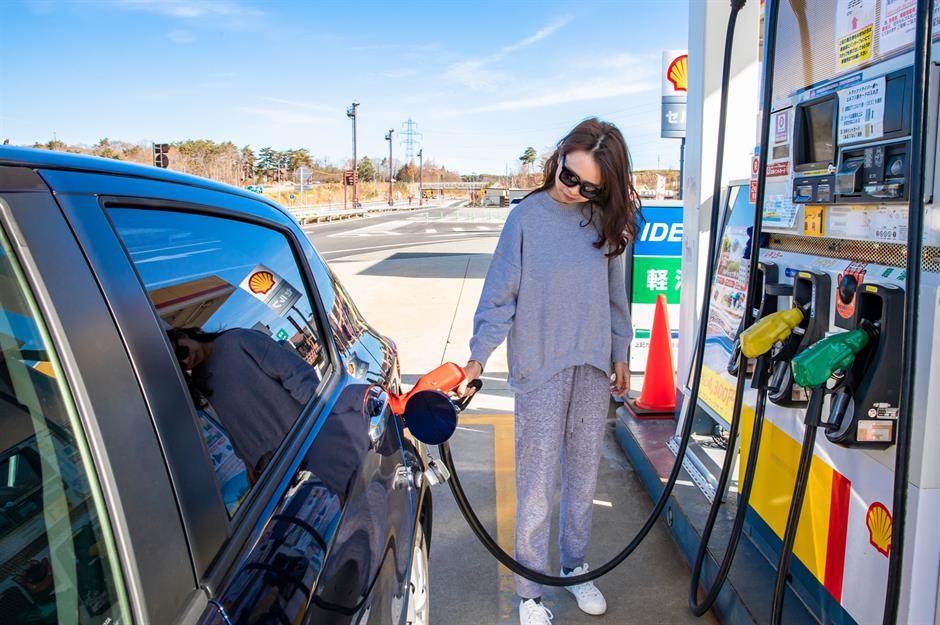
Petrol prices in Japan are comparatively low by international standards but have hit new highs in recent years. To tackle this, the Japanese government reversed its plan to reduce subsidies, opting instead to expand them to stem the price surge.
The move worked for a while, and prices steadily fell. However, costs have begun to creep up again as the subsidies are slowly phased out. Japanese motorists can now expect to pay 6% more than at the same point last year.
Mexico: $1.30 (97p)
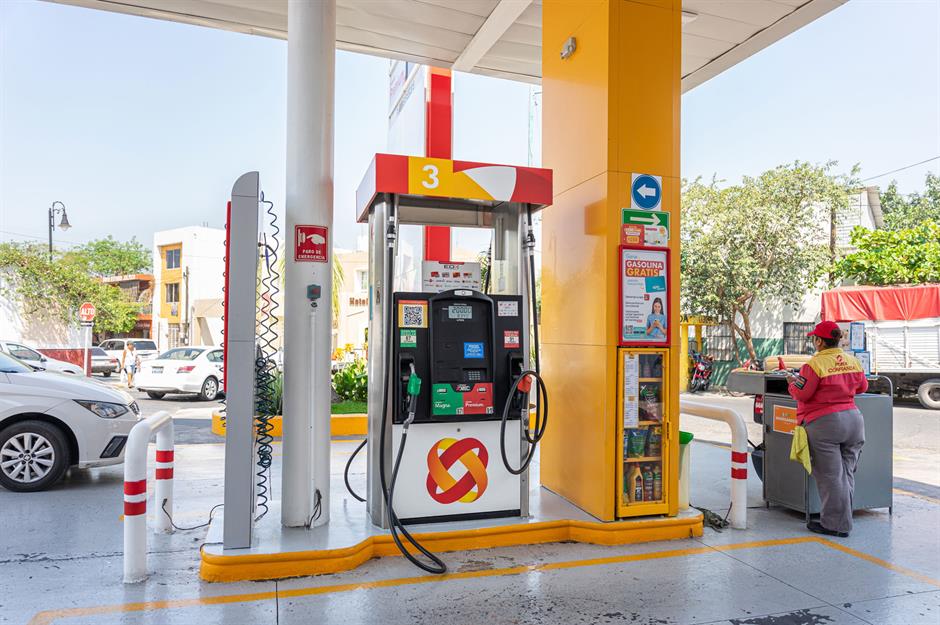
Petrol is more expensive in Mexico than in the US and Canada, which may come as a surprise given the typically lower cost of goods and services in the country.
The variance in price can be largely attributed to the widespread trade in illegal fuel (known as huachicoleo) and the fact that Mexico imports a significant chunk of its petrol.
New Zealand: $1.63 (£1.22)

Due to higher taxation, New Zealanders pay significantly more for petrol than Australian motorists.
Petrol prices in New Zealand rocketed in 2023 when the then-government ended a subsidy on the fuel. The resulting hike was a key issue for voters in the country's October general election, in which the ruling Labour party was swept from power. Prices have since fallen and are now down around 10% year-on-year, although the country remains susceptible to spikes and regional discrepancies.
Spain: $1.66 (£1.24)
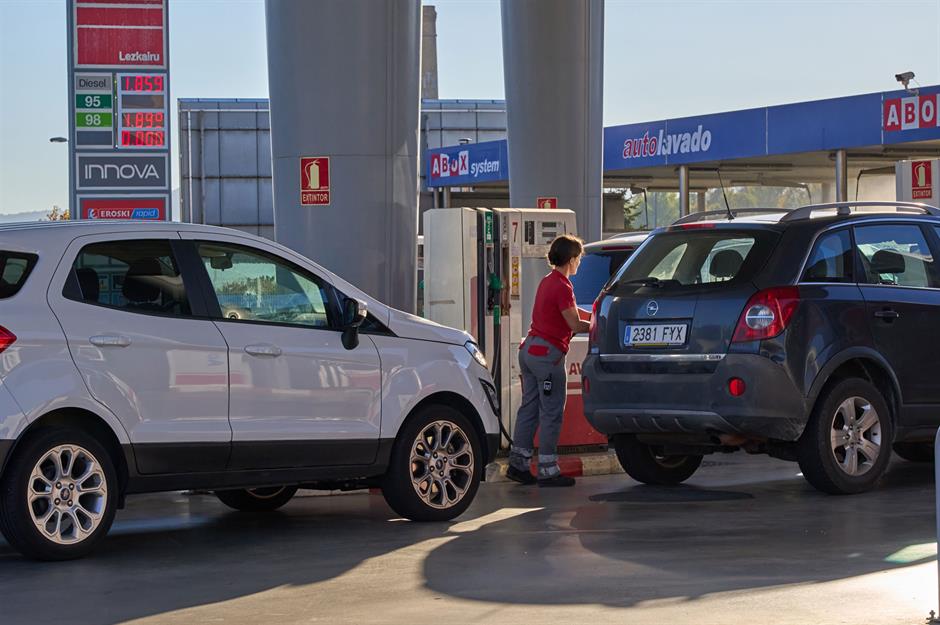
The average price of petrol in Spain has risen dramatically in recent years due to the increase in global crude prices. Fortunately, it's now starting to drop back, with prices down 12% on the same period last year.
Petrol remains more expensive in neighbouring France and Portugal, however, while prices for fuel in tax-free Andorra are markedly cheaper for obvious reasons.
Austria: $1.70 (£1.27)

The good news for non-EV motorists in Austria is that the price of petrol is on the low side compared to some other Western European countries.
The bad news is that Austrian vehicle owners can expect to pay more as carbon pricing increases take effect. According to the Austrian Association of Drivers, this is expected to add around €7 ($7.95/£5.94) to the cost of filling up the typical tank.
Belgium: $1.74 (£1.30)

The Belgian government sets a maximum price for petrol, meaning costs for motorists in the country are comparatively low. According to the latest update from GlobalPetrolPrices.com, the typical price of petrol per litre in the country is $1.74 (£1.30).
The International Energy Agency (IEA) has criticised Brussels for maintaining these price controls, which are absent in other Western European countries. The agency cites several disadvantages, including discouraging the adoption of greener fuels.
UK: $1.79 (£1.34)
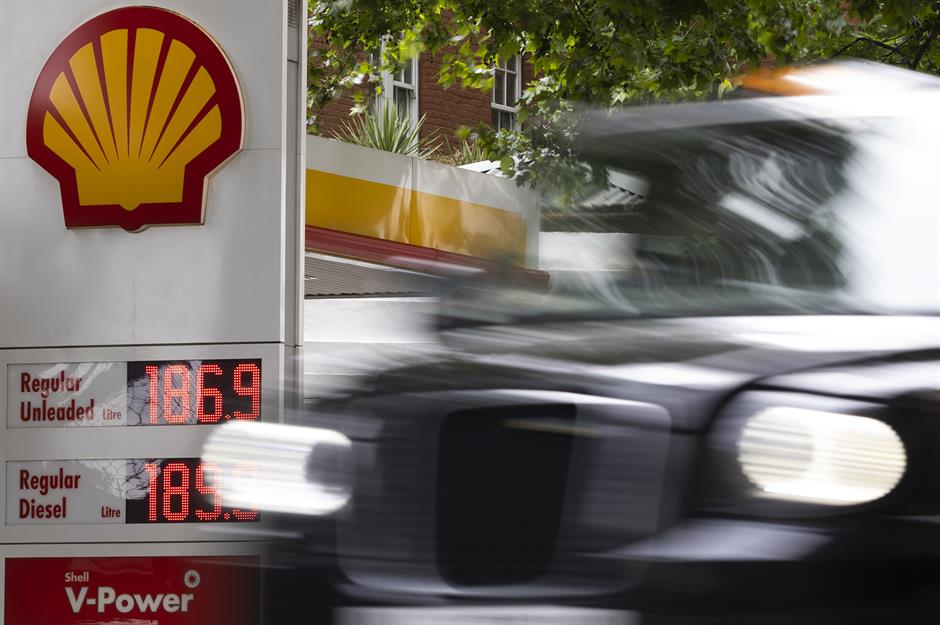
According to Worldometer, the UK is the 19th largest oil producer in the world, placing it ahead of countries like Colombia, Australia and Malaysia. Despite this, petrol prices are relatively steep and currently average $1.79 (£1.34) a litre.
Petrol and diesel pump prices are currently at their lowest levels in almost four years, and fuel duty increases have been frozen for 14 years, a policy the Labour government has maintained. However, retailers in the country have been accused of failing to pass on savings to drivers.
France: $1.89 (£1.41)
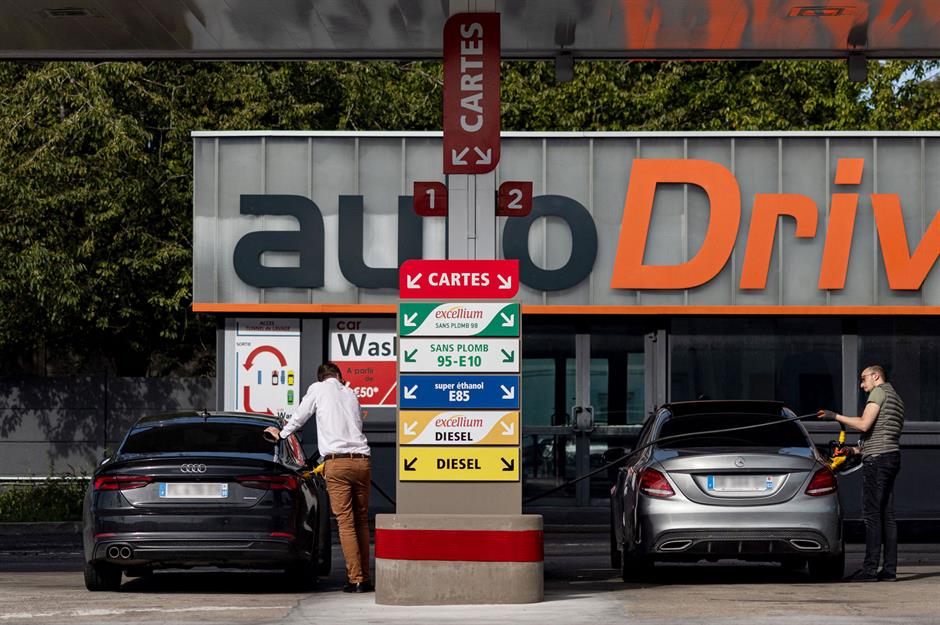
Although the average cost per litre of petrol in France has fallen over the past year, it remains high by historical standards.
France's politicians are facing pressure to either cut fuel duty or provide motorists with a bonus, proposals supported by two-thirds of the French population according to a survey. The same poll noted that 57% of those surveyed believe current measures "do not improve the situation at all".
Germany: $1.91 (£1.43)
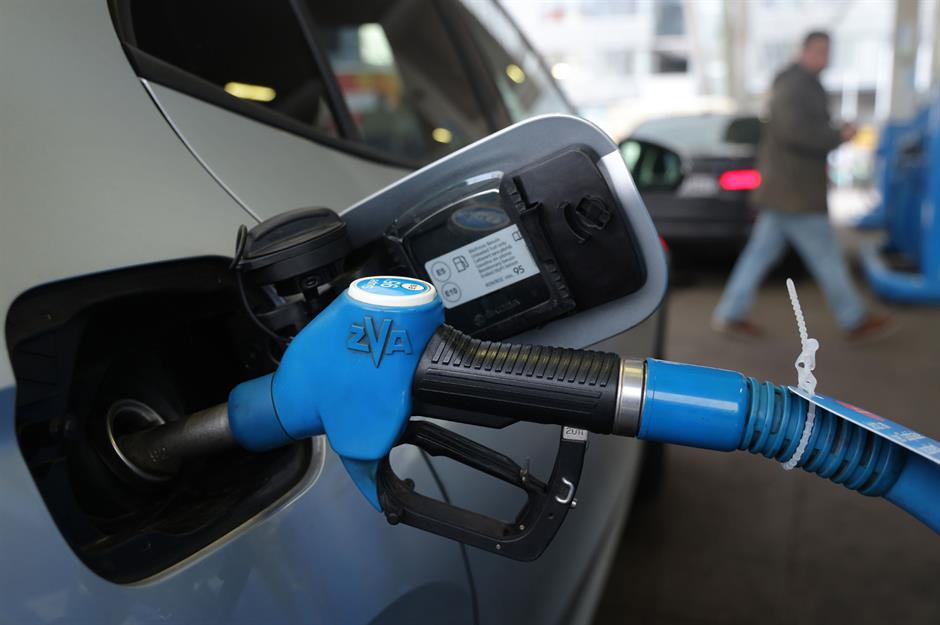
German motorists endured a sharp hike in the price of petrol in 2023 as crude shot up in value, although the nation's leading motoring organisation claimed excessive pricing by petrol station operators was behind the rise.
The average price has fallen over the past year. However, non-EV vehicle owners in the country are bracing for increases. Like its Austrian counterpart, the German government is raising carbon taxes.
Singapore: $2.09 (£1.56)
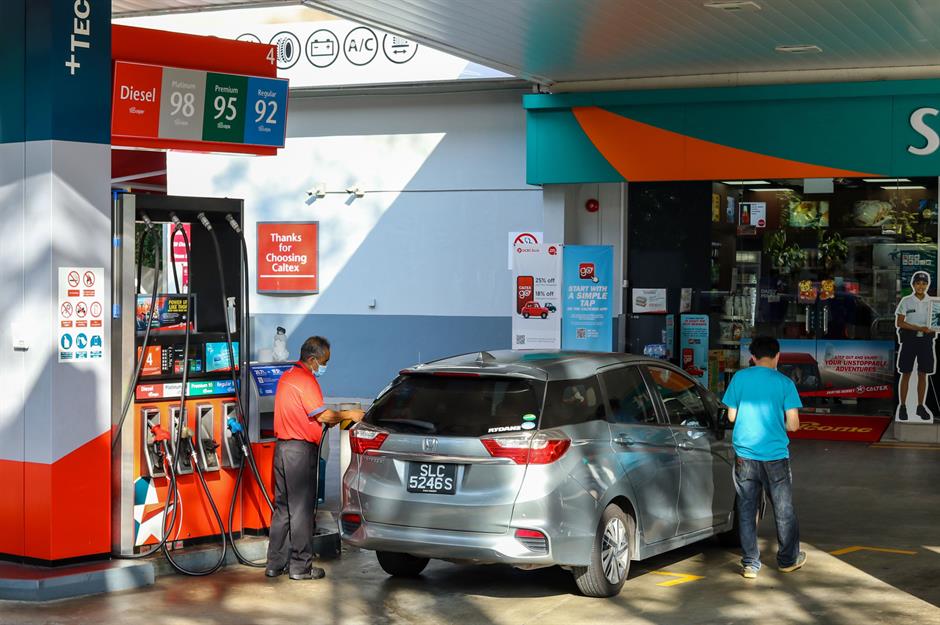
The average price of a litre of petrol in Singapore has steadied after a series of significant spikes. However, it's more than four times higher than in neighbouring Malaysia.
Singapore's high petrol prices can be attributed to several factors, including heavy fuel taxation and a steep cost of living. Moreover, the country is regarded as the most expensive in the world for drivers. Incredibly, Singaporeans now have to fork out up to $117,899 (£88k) for the right to own a car. That's the current typical cost of a Certificate of Entitlement (COE), which motorists are required to bid for before they make a purchase.
Switzerland: $2.11 (£1.58)
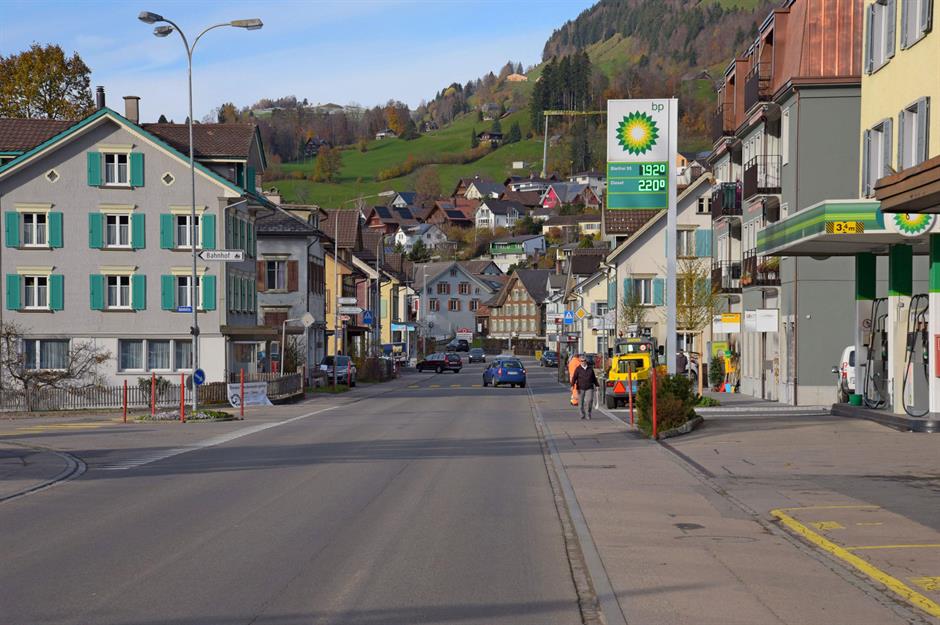
Home to the EU's highest cost of living and with the fuel taxes to match, Switzerland is one of the world's most expensive countries for petrol.
Mirroring the situation in many countries around the world, petrol prices in Switzerland have fallen slightly of late, but on the whole remain punishingly high.
Iceland: $2.40 (£1.79)
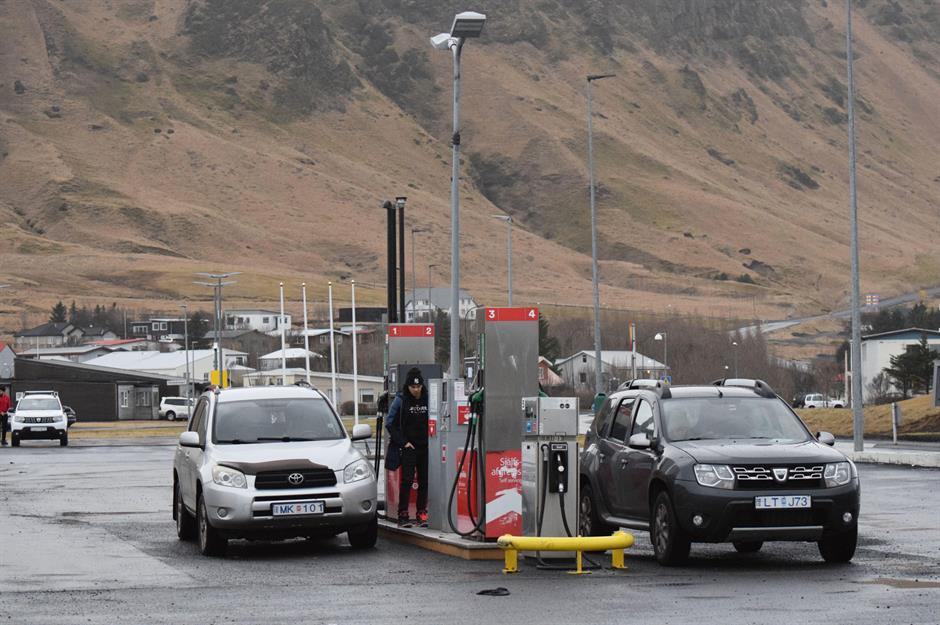
While petrol is pricier on average in China's special administrative region of Hong Kong, the most expensive country for the commodity is Iceland.
A combination of high costs for goods and services and surcharges that include special and general petrol taxes – not to mention a carbon levy and VAT – all serve to make fuel exceptionally pricey in the Nordic nation.
Reflecting the situation in the UK and some other nations, oil companies and fuel retailers in the country have attracted scrutiny from the Icelandic Competition Authority and the Association of Icelandic Car Owners for allegedly keeping prices artificially high.
Now discover what the average person earns in different countries around the world
Comments
Be the first to comment
Do you want to comment on this article? You need to be signed in for this feature